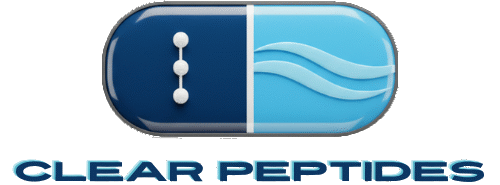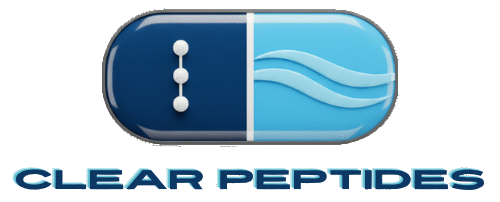This article expands on the cellular mechanisms of GHK-CU, exploring its broader implications for anti-aging and its role in resetting gene expression.
Gene Expression and the Science of Youth
GHK-CU’s function goes beyond simply stimulating tissue repair; research has shown that it acts as a gene regulator, with the ability to “reset” the expression of numerous human genes to a healthier state.26 This is particularly compelling when viewed in the context of its natural decline with age. The levels of GHK in human plasma are highest in young adults and decrease by about 60% by the age of 60.23 The fact that a compound with a well-documented ability to reverse age-related gene expression patterns naturally declines as we age suggests that its loss may be a fundamental contributor to the aging process itself.23 This transforms the compound from a simple reparative agent into a potential longevity molecule that addresses the root causes of cellular decline.
Research on Anti-Aging and Skin Health
In addition to its role in gene regulation, GHK-CU has been studied for its direct effects on skin health. A 2018 review detailed multiple positive studies on its use for signs of skin aging.28 One trial of a GHK-CU facial cream in women with photoaging found that daily use for three months increased skin density and thickness while reducing sagging and the appearance of fine lines and wrinkles.28 Similarly, an eye cream with GHK-CU improved skin density and reduced wrinkles better than both a placebo and a vitamin K cream in another trial.28 The peptide also shows promise in promoting hair growth by stimulating fibroblasts, increasing blood flow to the scalp, and inhibiting factors that cause hair follicles to shrink prematurely.28
Safety Profile and Unregulated Risks
While GHK-CU has demonstrated an exceptional safety profile in research, with minimal side effects reported, it is crucial to address the “peptide paradox” surrounding this compound.33 While promising research exists, the consumer market for GHK-CU products, particularly in injectable or oral forms, is largely unregulated.29 This lack of regulatory oversight poses significant risks, including potential contamination with endotoxins, mislabeling, and a lack of standardized dosing guidelines.21 Therefore, while the science is promising, a significant gap exists between the preclinical data and a clear, medically-validated path for human use outside of a research setting.
Citations
- The Human Tripeptide GHK-Cu in Prevention of Oxidative Stress …, accessed September 23, 2025, https://pmc.ncbi.nlm.nih.gov/articles/PMC3359723/
- OBM Geriatrics | The Effect of the Human Plasma Molecule GHK-Cu on Stem Cell Actions and Expression of Relevant Genes – lidsen, accessed September 23, 2025, https://www.lidsen.com/journals/geriatrics/geriatrics-02-03-009
- GHK-Cu Peptide | The benefits, side effects, and more [2025] – Innerbody Research, accessed September 23, 2025, https://www.innerbody.com/ghk-cu-peptide
- Is taking Glycine-Histidine-Lysine-Copper (GHK-Cu) safe? – Dr.Oracle AI, accessed September 23, 2025,

